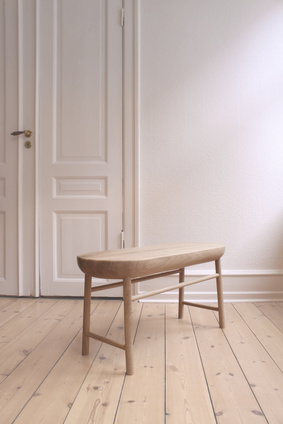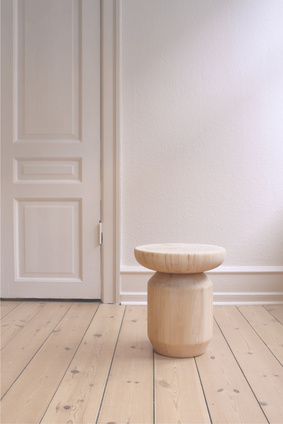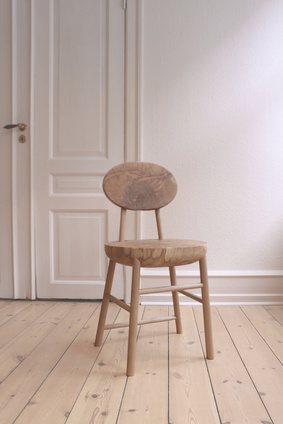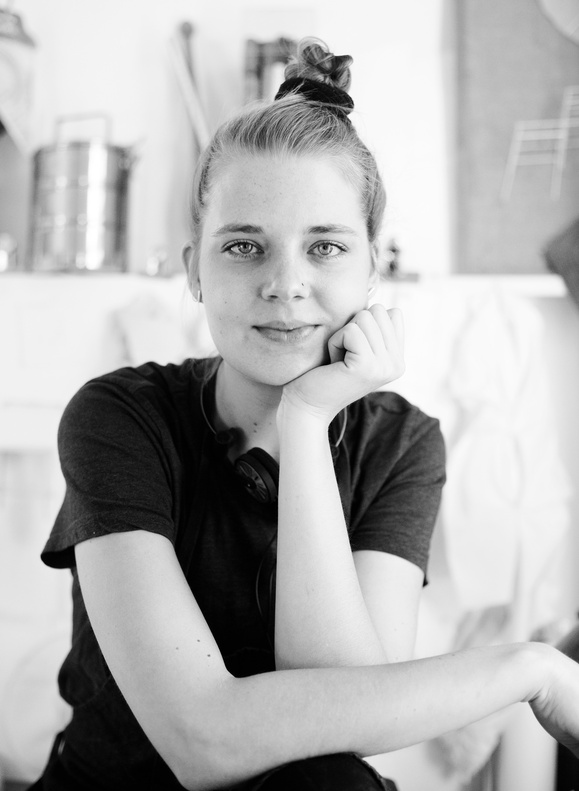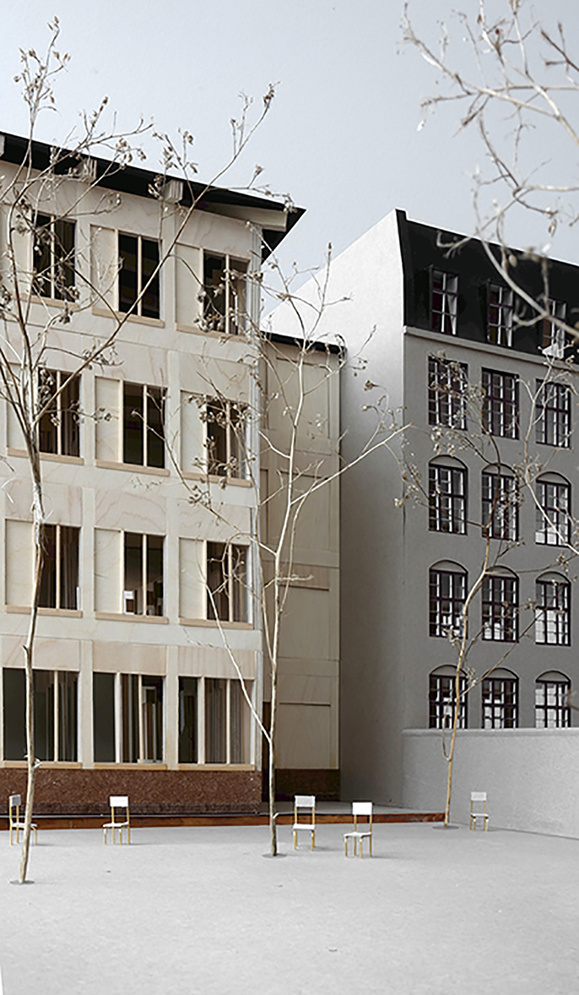A designer makes many decisions in the course of his or her work, and the choice of material and production methods can be important on many levels other than the immediate one. Meet designer Anne Brandhøj. In her final project she created a range of furniture, which, by means of aesthetics and user involvement, will bring sustainability into the living room.
Please provide a brief introduction to your final project – what is it all about?
My final project is called ‘Furniture where we are’. The project is a take on an aesthetic, sustainable furniture concept, which has the advantage of being manufactured locally, because it is based on the relationship between user, manufacturer and furniture.
The concept involves the user seeking out a local manufacturer and discussing the type of furniture and the type of wood. The local manufacturer then produces the furniture, which the user then collects from the factory.
The project is an attempt to apply sustainability in an alternative way with an emphasis on aesthetic sustainability, which ultimately also implies environmental sustainability.
The sustainability consists of creating a long-lasting relationship between the user and the furniture, so the user will keep the furniture for a long time, thereby consuming less. The relationship starts with involving the user in the manufacturing process. The user visits the manufacturer and chooses the piece of wood that will be used to make the furniture.
In terms of aesthetic expression, the sustainability consists of a minimalist, timeless aesthetic, and the furniture is manufactured in a durable material by excellent craftsmen. With use and time, the aesthetic value of wood increases; unlike most of today’s mass-produced furniture.
What was your motivation for this project in particular (for example, an issue/a particular target group/a personal interest)?
As a furniture designer, I was interested in paving the way for working sustainably in a new way. The emphasis is not on certificates and environmental taxes. This sustainability is all about the aesthetic durability, in terms of both the user’s relationship with the furniture – the affection value – and the way, in which the furniture acquires a patina over the years. So the value of the furniture increases with use.
Did you work with other people during the process, and how did that affect your work process?
I went on a small tour of Denmark, during which I visited cabinetmakers’ workshops, woodcutters, sawmills, furniture manufacturers and workshops. That made it possible to put my project to the test in the real world. It also provided me with contacts, so I can continue with the project after graduating.
Where do you imagine your degree project will make a difference?
I think my project can help to create dialogue and awareness of the many shades and options of working sustainably and how working sustainably extends much further than simply being concerned about the environment. The concept also aims to help create local jobs and proximity.
What sort of development potential do you think your final project has?
My concept is just about fully operational. I am currently applying to foundations for funding so I can do a pilot project.
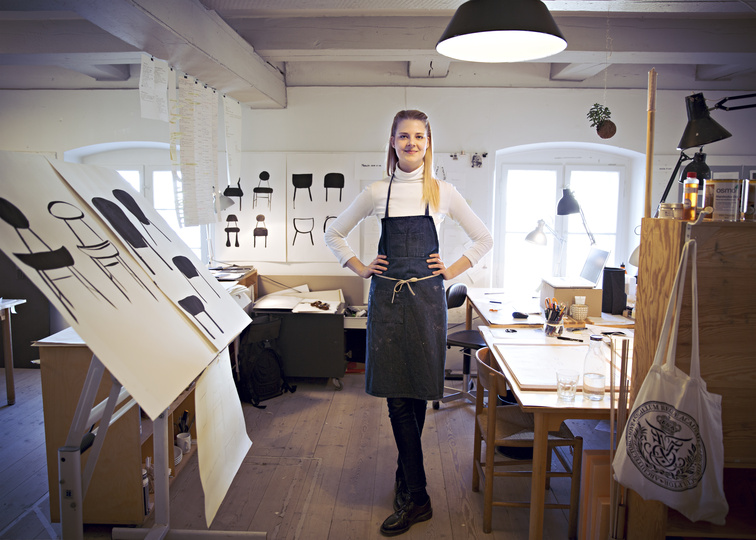
What are the most enjoyable and the most difficult aspects of designing the way you do?
The most difficult aspect was getting people to look at things differently: to look beyond the limited perception of what sustainable furniture design is. The fun aspect was meeting loads of new and fascinating people, being out in a forest chopping down trees and ultimately seeing how everything comes together.
What do you think is your greatest strength as a KADK design graduate?
I think it is my capacity to come up with, and develop ideas, and to dare to realise them.
Where do you see yourself career-wise in five years’ time?
I see myself as a freelance designer involved in all sorts of collaborative projects.


